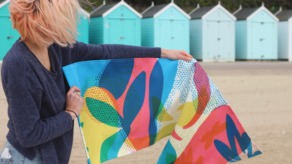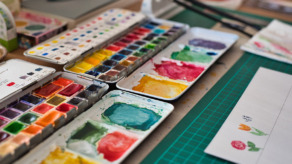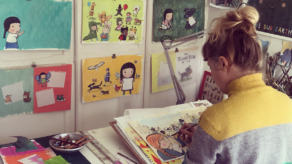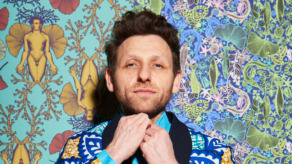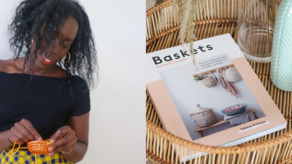The poetry of Old Delhi
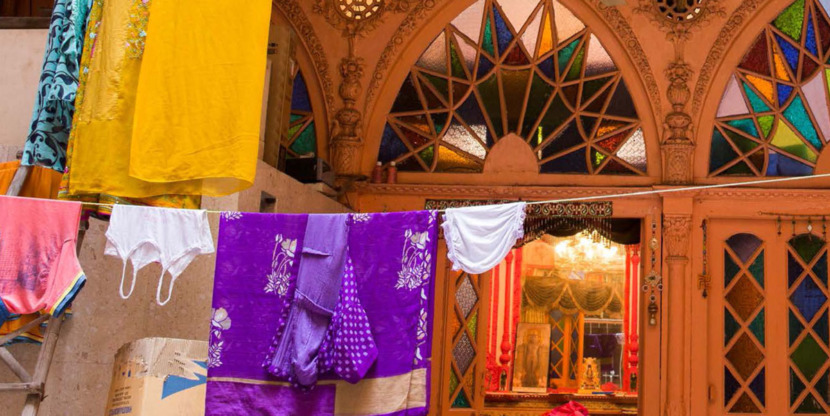
What stories from around the world are we not hearing about on the TV or in the news? In this series, correspondents write about their experiences in the countries where they live. Here, Aletta André describes the chaos of Old Delhi, India.
Mohammad Ghalib is sitting in the shade of the Friday Mosque. He works in the corner of a shop specialized in Urdu, Shahjahanabad’s traditional language, sitting on the floor, putting decorative ink flourishes on paper with bamboo pens he cuts himself. He is one of the last remaining Katibs (calligraphers). “When I came here 35 years ago, there were dozens of bookstores, and at least three Katibs working in each one,” he tells me. “I wrote letters and contracts for customers, but also books and magazines. Until more and more publishers started using computers. But a computer can’t do what I can,” Ghalib says proudly.


